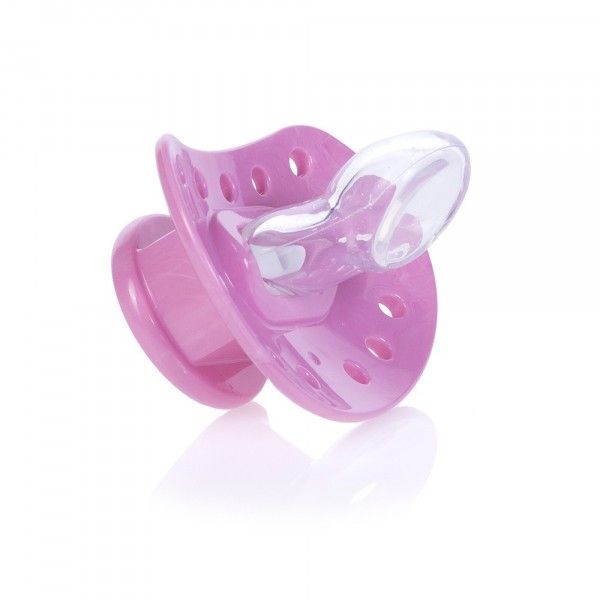Pacifiers have proven themselves to be yet one more source of parenting controversy. Well fear not, as long as you understand a few practical pacifier principles and pitfalls. In fact, pacifiers have, in recent years, earned the status of a valuable ally in the fight against sudden infant death syndrome.
Many babies soothe themselves by sucking. If your baby wants to suck beyond nursing or bottle-feeding, a pacifier can satisfy that need.
A pacifier is meant to satisfy your baby’s noneating sucking needs, not to replace or delay meals. So offer a pacifier to your baby only after or between feedings, when you are sure she is not hungry. If she is hungry, and you offer a pacifier as a substitute, she may become so angry that it interferes with feeding or she may not get enough to eat. Remember, the pacifier is for your baby’s benefit, not your convenience, so let her decide whether and when to use it.
Pacifier Safety
- Pacifiers will not harm your baby. In fact, there is some evidence that pacifiers may help reduce the risk of sudden infant death syndrome (SIDS). However, for maximum safety use the following tips when giving your baby a pacifier:
- Do not use the top and nipple from a baby bottle as a pacifier, even if you tape them together. If the baby sucks hard, the nipple may pop out of the ring and choke her.
- Purchase pacifiers that cannot possibly come apart. Those molded of one solid piece of plastic are particularly safe. If you are in doubt, ask your pediatrician for a recommendation.
- The shield between the nipple and the ring should be at least 1-1⁄2 inches (3.8 cm) across, so the infant cannot take the entire pacifier into her mouth. Also, the shield should be made of firm plastic with ventilation holes.
- Never tie a pacifier to your child’s crib or around your child’s neck or hand. This is very dangerous and could cause serious injury or even death.
- Pacifiers deteriorate over time. Inspect them periodically to see whether the rubber is discolored or torn. If so, replace them. In addition, follow the recommended age range on the pacifier, as older children can sometimes fit an entire newborn pacifier in their mouth and choke.
What's the best way to get a child to stop sucking his thumb or using a pacifier?
As a first step in dealing with your child's sucking habits, ignore them! Most often, they will stop on their own. Harsh words, teasing, or punishment may upset your child and is not an effective way to get rid of habits. Instead, try the following:
- Praise and reward your child when he does not suck his thumb or use the pacifier. Star charts, daily rewards, and gentle reminders, especially during the day, are also very helpful.
- If your child uses sucking to relieve boredom, keep his hands busy or distract him with things he finds fun.
- No matter what method you try, be sure to explain them to your child. If they make your child afraid or tense, stop them at once.
The good news is that most children stop their sucking habits before they get very far in school mostly because of peer pressure.

Your Baby checkup
what are the vaccinations that he should have taken until now?
Generate a report for my baby.
Track Your Baby Vaccinations
Find Your Baby name
Mohandessin
01002195777
01000012400
0233048350
Beverly Hills
01000012900
0238576831
El Tagamo3
Al Sheikh Zayed
02- 38514031
01000608597


